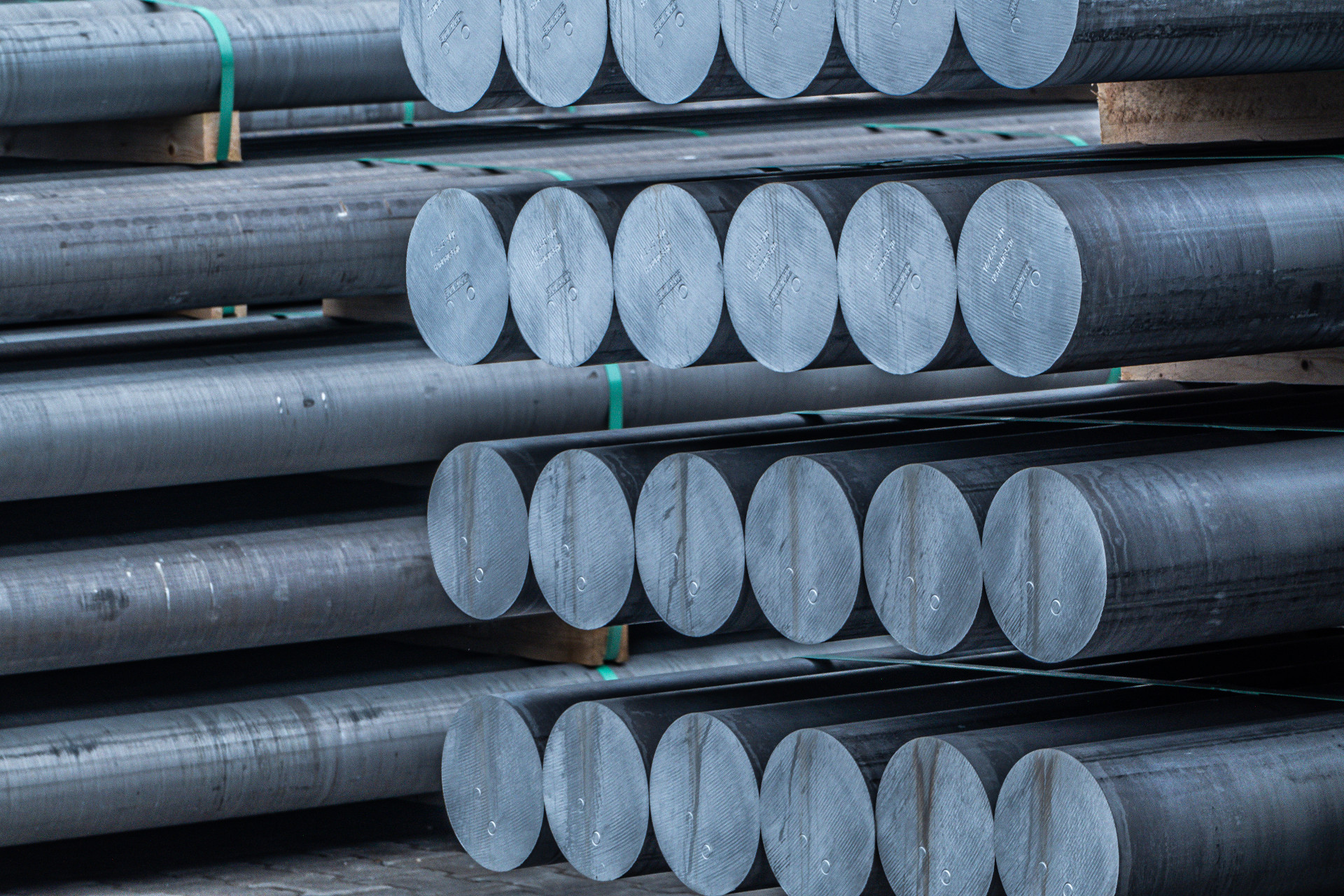The use of aluminium profiles in construction, shipyard industry, or automotive becomes more economic and pro-ecologic solution year by year. This is due to unique properties and origin of aluminium, which is also called alumina. This element, which is present in the earth's crust, is ideal for structural aluminium profiles, both open and closed, full and empty, as well as for all kinds of angles, sections, or objects of every-day use, such as garage doors, aluminium railings and strips used to finish tiles or furniture.
Aluminium alloys, of which various kinds of hot extruded profiles are made vary from one another with corrosion resistance or susceptibility to anodizing, however they are all characterized by high durability and plasticity. How does the extrusion of aluminium profiles look like? Which properties of this material should you know about?
Aluminium profiles and production process
Even though we pay no attention to it, aluminium profiles can be found in every shop, office, or house. The X-ray of selected buildings or vehicles would show us how many elements of their structures are made of aluminium. Without appropriate securities made of properly selected aluminium alloys, it would not be possible to assemble solar panels in a safe and permanent manner or to build large trucks. How does the production of aluminium profiles look like? Specialists underline that technological processing is connected with few most important points, amongst others:
- deformation pattern
- irregularity of deformation
- impact of friction
- impact of temperature conditions
- limitation of deformation degree
After determining these few parameters, extrusion, which is forming of aluminium profiles, can be started. Heated aluminium alloys are contained in a special container called the recipient, and the extrusion is carried out through an adjusted die opening. It gives the shape to aluminium profile’s cross-section, which corresponds to the shape of the die opening. The two most widely used methods of extrusion are direct and inverse extrusion. After leaving the recipient, aluminium profile is cooled with water and air. Before the manufactured element is completely cured, it is subject to elongation to get rid of possible stresses. One of the stages of production process is aging of profiles in furnaces, which gives them mechanical properties. In addition to extrusion, aluminium profiles undergo many other processes, which are machining, anodizing, or powder coating. This way, their surface is hardened and the colour can be changed to brown, olive or wood-like.


Quality of aluminium profiles manufactured by Final S.A.
The extrusion of aluminium profiles at Final S.A. is carried out following all standards defined by the European Union and with the use of best class aluminium alloys. The production process is maintained at best level thanks to professional team and modern machines. Maintaining the level thanks to which we are able to provide innovative and complex orders is possible thanks to:
- high qualifications and extensive experience of our personnel
- continuous control of the process and profiles using modern measurement systems
- modern extrusion technology
- modern production equipment
- best quality dies and aluminium alloys
- continuous improvement of the Quality Management System acc. to PN-EN ISO 9001:2009.
To even better control the quality parameters of aluminium profiles, production plants were equipped with quality control equipment, such as optical measurement system ROMIDOT VISIONS H300. To test mechanical properties of aluminium profiles we use materials testing machine from the German TesT GmbH company as well as Brinnel/Rockwell hardness tester with a precise microscope of the company Mitutoyo.
Aluminium - what should you know?
As mentioned before, aluminium is one of the three elements which quantity in the earth’s crust is the biggest one. Alumina is mostly obtained from bauxite, and its technical purity depends of the extraction method. Electrorefining allows for extracting aluminium which contains 99.950 - 99.955% Al, whilst electrolysis of alumina contains 99.0 - 99.8% Al. Due to its unique properties, aluminium is used in many industries, such as automotive or construction. It is because this material can be subjected to various procedures and it is safe to environment. Aluminium welding, anodizing, and powder coating are only some steps leading to the creation of profiles made of various alloys. It is also worth mentioning that aluminium has many values, which are willingly mentioned by the manufacturers of aluminium profiles, such as:
- it can be easily formed in all kinds of processing procedures (rolling, extruding, forging and casting)
- aluminium structures are characterized by very good insulation properties, protecting against the effects of exposure to air and light
- lightweight of this material facilitates assembly and transport
- high possibilities of recycling save 95% of energy needed for processing
- the material is safe for natural environment
